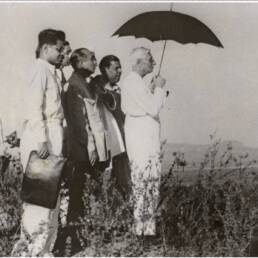Chinese govt's experiment with the inverted traffic light
- Politics
- Culture
On 24th August 1966, a group of the Red Guards – vanguard of China’s new “Cultural Revolution”, under the influence of Mao Zedong, decided to alter the course of history by inverting the use of traffic lights. RED for “GO” and GREEN for “STOP”.
A campaign started at Tiananmen Square in Beijing as the Guards plastered posters across the city walls and began publicly voicing their displeasure with the conventional traffic light system.
The posters read that red was the color of revolution and should be used as a signal for traffic to go forward, symbolically encouraging the spread of Communism. The posters were not authorized by the government, however the ideology behind it was Mao’s.
During the following days, the campaign left the city in utter disorder. Guards were installed at almost every intersection throughout the city. Beijing, during the 60’s, was already fighting its own increasing population which added fuel to the chaos.
A section of drivers and pedestrians who believed in Mao’s ideology, ended up marching forward at red light, So did those who feared the consequences of disobeying the Guards. Meanwhile, others stayed still, perplexed over their indecision.
What followed next were a succession of accidents that left numerous people injured over the next few months. Finally, after a run of discussions, the authorities decided to keep the conventional traffic system intact.
The incident was hilarious and somewhat tragic at the same time for those who suffered from it. But, for the greater good of the people of China, the withdrawal of the campaign meant they did not have to learn and unlearn a traffic system every time they traveled abroad.
Sources:
https://www.theguardian.com/world/2016/aug/25/china-traffic-lights-red-guards-communism-great-leap
Wikimedia Commons







